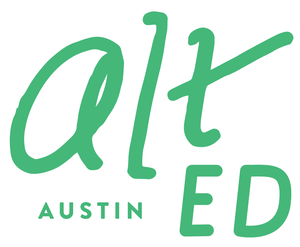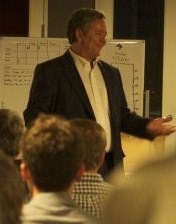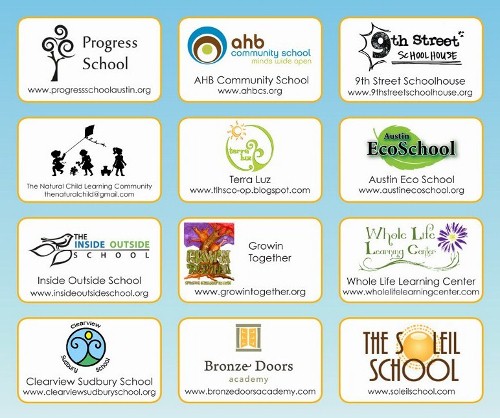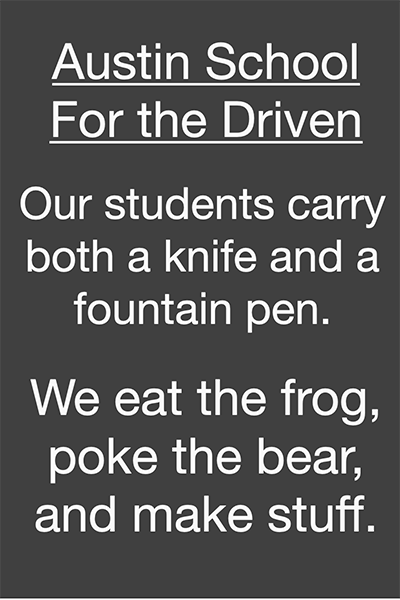Amy Jackson reaches for the stars
/Starry Sky Austin’s Amy Jackson always has a lot to say about space and astronomy. What she shares in this guest post (adapted from a recent one on her own blog), however, is more personal—and highly adventurous! Read on and watch Amy’s short, sweet video to learn how you can help one of our favorite alternative educators launch her latest mission.
Why does space exploration matter? Why should we put our hard-earned money into something that seems so intangible when there are so many other issues that need our attention here on Earth?
I get this question a lot as I work at educating the public about space. To answer, it helps to remember what got me excited about space and astronomy and why I eventually decided to study physics in college. It all points back to an experience I had on a field trip to NASA when I was in the third grade. As I followed my fellow classmates around rooms filled with mock-ups of Apollo mission spacecrafts, old astronaut suits kept behind glass, and small artifacts from past missions, I stumbled across a book filled with signatures of people who wanted to be astronauts. I will never forget adding my own signature to that book.
In eighth grade I went to Space Camp. I chose to study physics and astronomy in college. Two years ago I applied to the educator astronaut program at NASA, and now I teach children and the public about space and astronomy. Today I am working hard to get as many votes as possible so I can win a trip to space and fulfill my lifelong dream.
Space is the final frontier. It holds the biggest questions that have yet to be answered. How did the universe begin? How will it end? What makes up the majority of the mass of the universe? Space represents hope and inspires us to dream. It prompts us to ask questions and inspires us to want to find the answers. What do we have left if we don’t allow ourselves to dream?
Last September, on the official first day of fall, I walked my first grader to school. As she was putting away her bicycle, I heard kids shouting. I thought someone had fallen off a bicycle or there was a car accident. Lo and behold, everyone was pointing up to the sky in excitement. It was the space shuttle on top of a NASA airplane flying over the school! Parents and kids stopped and watched in awe. The fact that the adventure of going to space inspires young and old alike is proof enough for me that looking up to the sky—and dreaming of what can be—allows for great things to take place down here on Earth.
Amy Jackson
If you’d like to help inspire future generations of space explorers, scientists, and educators, click here to vote for Austin’s own Amy Jackson to win a chance to travel into space in the AXE Apollo Space Academy Competition.













